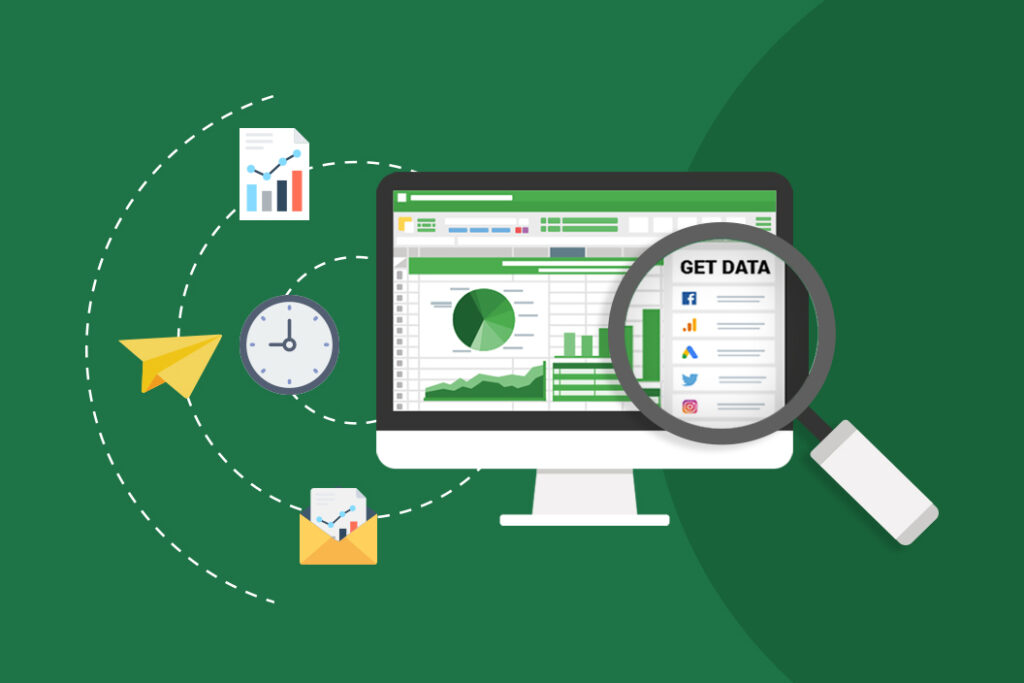Personal Career & Learning Guide for Data Analyst, Data Engineer and Data Scientist
Excel is a powerful tool for data analysis and can be especially helpful for summarizing large amounts of data. One common task for a data analyst is to count the number of occurrences of specific data within a dataset. In this article, we will look at how to use Excel’s COUNTIFS function to create a summary count by month.
First, let’s define what COUNTIFS is. COUNTIFS is a function in Excel that allows you to count the number of cells in a range that meet multiple criteria. For example, you can use COUNTIFS to count the number of cells in a range that contain a certain value, or to count the number of cells that meet two or more criteria.
To create a summary count by month using COUNTIFS, you will need to have a dataset that includes dates and the data that you want to summarize. In this example, let’s say that you have a dataset of sales data and you want to count the number of sales made in each month.
To start, you will need to create a new column in your dataset that will contain the month of each sale. This can be done using the MONTH function in Excel. The MONTH function takes a date as an input and returns the month number of that date. For example, if the date is January 1st, the MONTH function will return 1.
Next, you will need to create a separate worksheet that will contain your summary count by month. In this worksheet, you will create a table that lists each month and the number of sales made in that month. To do this, you will use the COUNTIFS function.
The COUNTIFS function takes two or more ranges as inputs and returns the number of cells in the first range that meet the criteria in the other ranges. In this example, the first range will be the column that contains the month of each sale, and the second range will be the column that contains the sales data.
The formula for the COUNTIFS function in this example would be something like this: =COUNTIFS(A1:A100, “=1”, B1:B100, “>0”). This formula would count the number of cells in column A (the month column) that contain the value 1 (January), and the number of cells in column B (the sales column) that contain a value greater than 0.
Excel Example for Data Analyst – Summary count by month with COUNTIFS
 Loading...
Loading...
Latest end-to-end Learn by Coding Projects (Jupyter Notebooks) in Python and R:
All Notebooks in One Bundle: Data Science Recipes and Examples in Python & R.
End-to-End Python Machine Learning Recipes & Examples.
End-to-End R Machine Learning Recipes & Examples.
Applied Statistics with R for Beginners and Business Professionals
Data Science and Machine Learning Projects in Python: Tabular Data Analytics
Data Science and Machine Learning Projects in R: Tabular Data Analytics
Python Machine Learning & Data Science Recipes: Learn by Coding
R Machine Learning & Data Science Recipes: Learn by Coding
Comparing Different Machine Learning Algorithms in Python for Classification (FREE)
There are 2000+ End-to-End Python & R Notebooks are available to build Professional Portfolio as a Data Scientist and/or Machine Learning Specialist. All Notebooks are only $29.95. We would like to request you to have a look at the website for FREE the end-to-end notebooks, and then decide whether you would like to purchase or not.
